Columbia Root-Knot Nematode Impact on Potato
Found in the western US, Columbia root-knot nematode (Meloidogyne chitwoodi) infects potato roots and tubers, causing blemishes and defects that reduce quality.
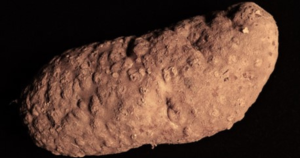
Found in the western US, Columbia root-knot nematode (Meloidogyne chitwoodi) infects potato roots and tubers, causing blemishes and defects that reduce quality.
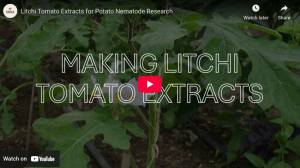
See how extracts from litchi tomato (Solanum sisymbriifolium) are made afrom plant material for potato nematode research.
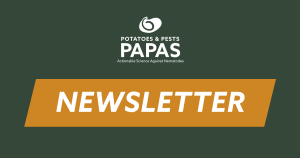
Read our newsletter to learn more about the PAPAS project goals, research team, and industry impact of potato nematodes.
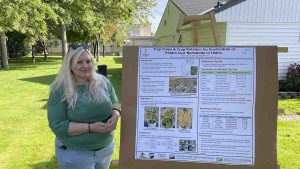
Planting quinoa could provide a profitable rotation crop for potato farmers in eastern Idaho who are dealing with an infestation of pale cyst nematode (PCN).
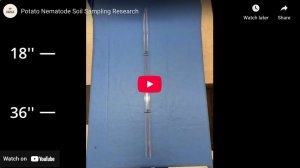
How deep do potato nematodes go in the soil and how much do they move? Hans Mejia shares how the PAPAS team is finding answers and solutions for these potato grower concerns.
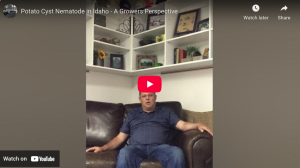
Searle Farms owner-grower Bryan Searle, (Shelley, Idaho) recounts the challenges of pale cyst nematode detection in 2006.
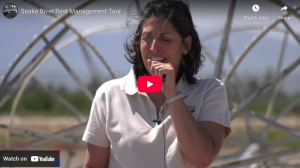
The 2017 Snake River Pest Management Tour provides an update on work to control and eradicate the pale cyst nematode in Idaho.
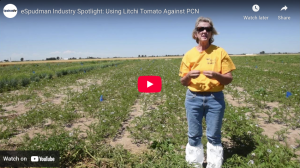
Researchers see promising results studying the efficacy of Solanum sisymbriifolium (litichi tomato or sticky nightshade) as a non-host trap crop to help eliminate pale cyst nematode in eastern Idaho.

Researchers at the University of Idaho College of Agricultural and Life Sciences are working to develop potatoes resistant to the pale cyst nematode.
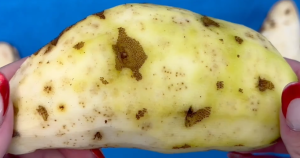
Widespread across cooler climates, northern root-knot nematode (Meloidogyne hapla) causes internal and external tuber damage that reduces potato quality.